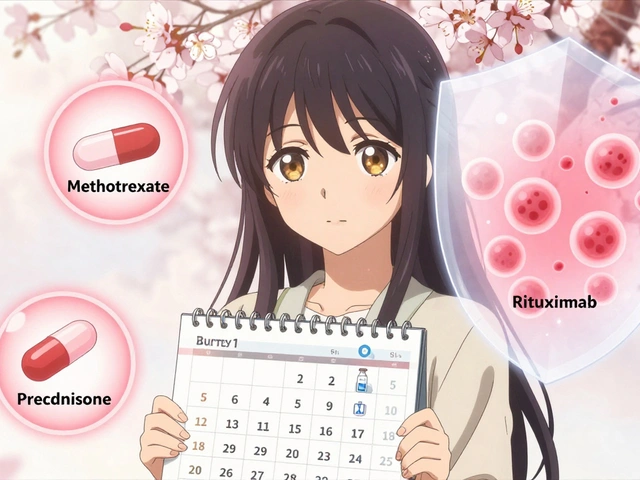Insurance Reimbursement Made Simple: Get Your Prescription Costs Back
If you’ve ever paid out‑of‑pocket for a drug and wondered if your insurer will cover it, you’re not alone. Most people think the process is tangled, but the reality is you can often get money back with just a few clear steps. Below, we break down what you need to know, from checking eligibility to filing the claim, so you can stop guessing and start saving.
Check What’s Covered Before You Buy
First off, look at your policy’s drug formulary. This is the list of meds your insurance agrees to pay for, usually grouped into tiers. Tier‑1 drugs are cheapest, tier‑2 a bit costlier, and specialty meds sit at the top. If a medication shows up in the formulary, it’s a good sign you’ll be reimbursed. If not, you might need a prior‑authorization or an appeal. Most insurers let you search their database online; a quick click can save you a trip to the pharmacy.
Don’t forget to verify whether you need a generic version. Insurers often pay more for the brand name only if you have a documented medical reason. In many cases, switching to the generic will get you the same effect for a fraction of the price and a smoother reimbursement.
Gather the Right Documents
When it’s time to file, insurers typically ask for three things: a receipt, a prescription label, and a completed claim form. The receipt should show the drug name, dosage, date of purchase, and total cost. Some pharmacies can email you a PDF receipt straight to your inbox – ask for it right away. The prescription label is the small sticker on the bottle; a clear photo works fine. Finally, the claim form is often downloadable from the insurer’s website. Fill it out carefully, double‑checking the policy number and drug details.
If you’re filing online, many insurers have a portal where you can upload these files directly. Uploading clear, legible scans speeds up the review. If you prefer mail, use a sturdy envelope and include a brief cover note explaining the claim.
After submission, most insurers process claims within 10‑15 business days. You’ll receive a notice that either approves the payment, asks for more info, or denies it. If denied, don’t panic – look at the reason. Common reasons include missing documents or the drug not being on the formulary. In many cases, a quick phone call or a supplemental document clears the hurdle.
Want to maximize your reimbursement? Keep track of all your medication expenses in a simple spreadsheet. Note the date, drug, cost, and claim status. Over a year, you’ll spot patterns, such as which drugs consistently require extra paperwork, and you can adjust your approach accordingly.
Lastly, remember that some employers offer a Health Savings Account (HSA) or Flexible Spending Account (FSA). Contributions to these accounts are tax‑free, and you can use the funds to pay for meds up front. When you submit a claim, the reimbursement can be deposited straight back into your HSA, keeping everything tidy.
It might feel like a hassle at first, but once you know the steps, insurance reimbursement becomes just another part of managing your health. Check your formulary, gather the right paperwork, submit the claim, and follow up if needed. Soon you’ll see those out‑of‑pocket costs shrink, leaving you more money for the things that matter most.
Cutting the cost of Nurx consultation fees is on everyone’s mind, especially with rising healthcare expenses in 2025. This guide breaks down specific ways students, insured patients, and savvy internet shoppers are scoring discounts on their virtual care. Discover the latest seasonal codes, tips for getting insurance reimbursements, and where to find student savings you won’t see on the front page. Find out what works, what doesn’t, and how to make every penny count with Nurx’s digital platform.
Continue reading





